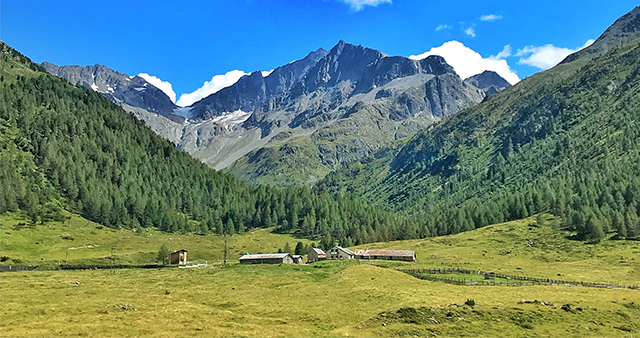CITTA' DEL MESSICO 1968
The amazing evolution of the olympic torches design
On display are the three torches reproduced in this Olympiad. The torch on the left, used in Mexico City, is built entirely of metal and the upper part shows the logo «Mexico 68». The torch in the center, coming from San Salvador and used from Veracruz to Mexico City is made of metal, while the handle is made of wood. The upper part is decorated with engravings which depict doves. Both have been used for the torch relay in Mexico. The torch on the right, the black torch, is made of aluminum painted black.
The handle is made of wood and the surface is aluminum color. It has been used for the transport of the Olympic Flame from Olympia to Athens. All three torches used fuel composed by nitrate, sulfide alkaline, resin and silicone. It took 55 days to carry the torches from Olympia to Mexico City, following the route of Cristoforo Colombo, passing Genoa (Italy) and Palas (Spain) and landing on the isle of San Salvador in the Bahamas, where Colombo landed in 1491. Also, in this case they wanted to enhance the link between the Mediterranean Civilization and the Latin-American one as well as the Greek-Latin culture and the pre-Hispanic one. This edition went down in history for Bob Beamon’s legendary long-jump (8.90m), a record that would last for 23 years, and for the protest of «Black Power».
In fact, during the medals presentation ceremony, Tommie Smith (gold) and John Carlos (silver) in the 200m, raised a black-gloved fist to protest against racism in the United States and were subsequently expelled from the Olympic Village. The choice of Mexico City to host the 1968 Olympic Games proved to be a controversial one because of the city's high altitude, 2,300m. The altitude proved an advantage in short-time events such as jumping, throwing and weightlifting. But the rarefied air proved disastrous for those competing in endurance events.





